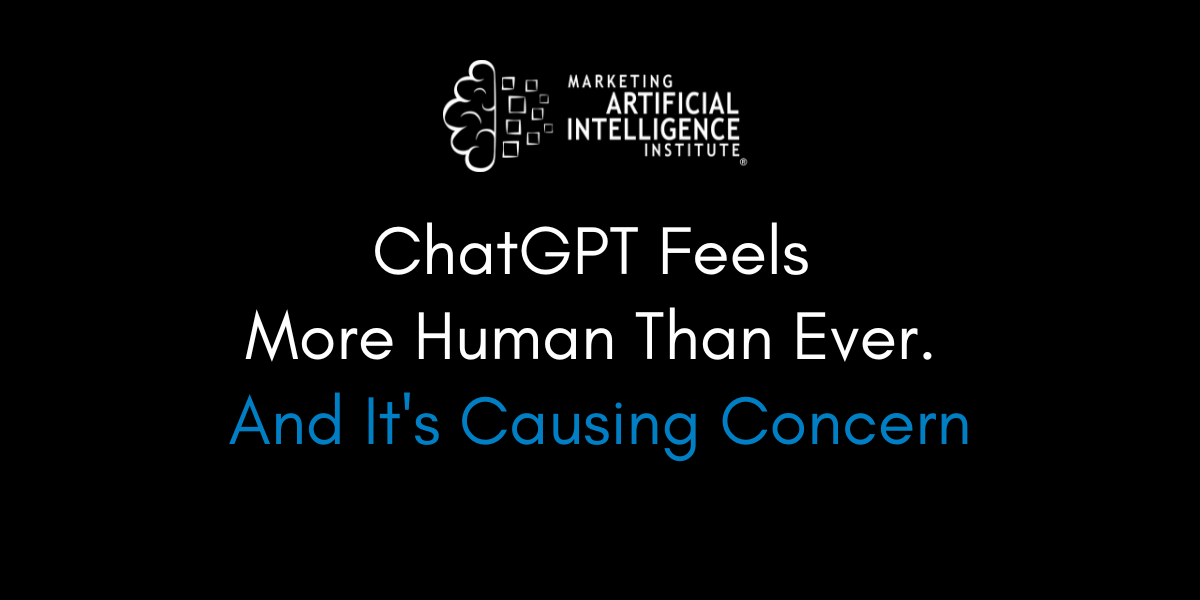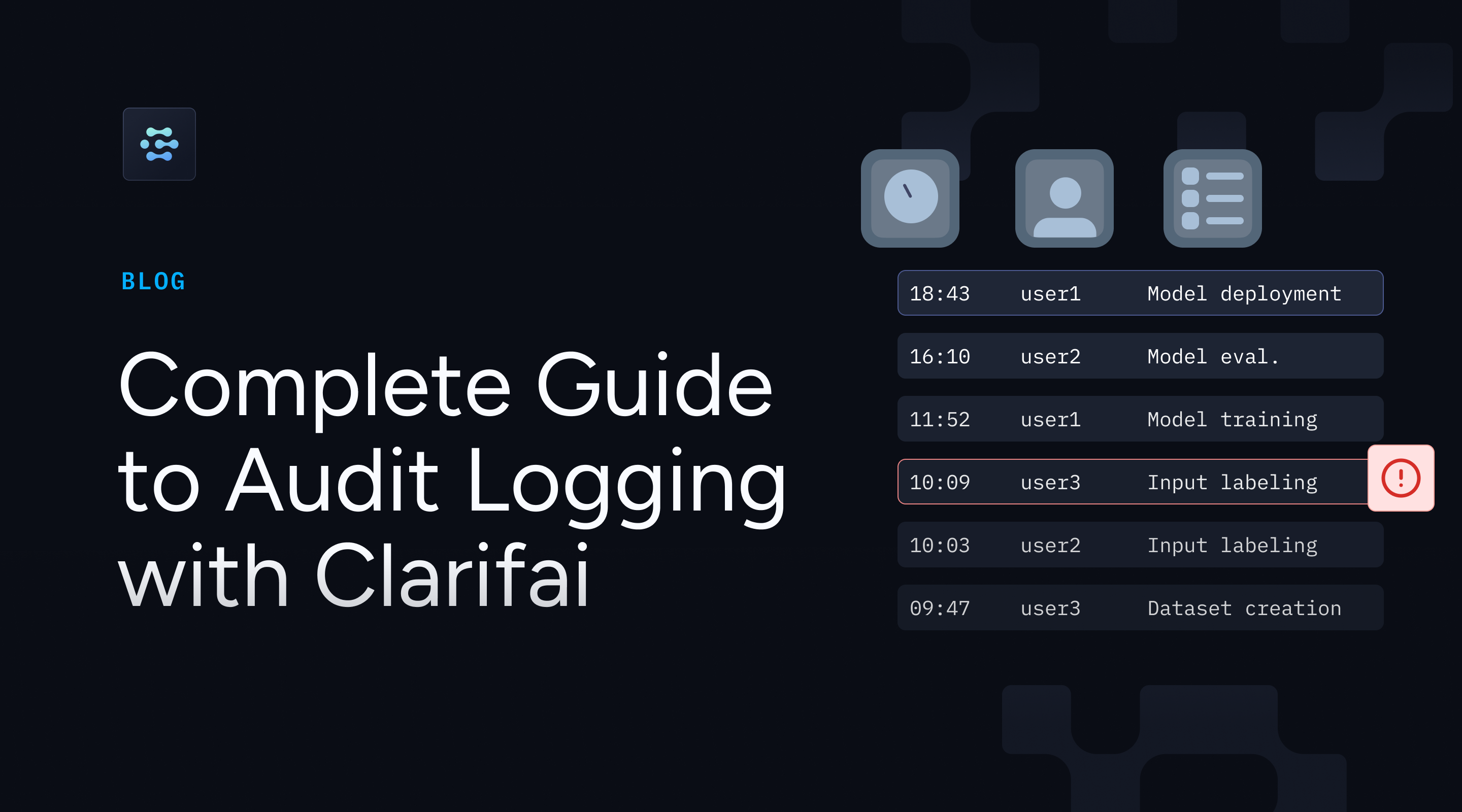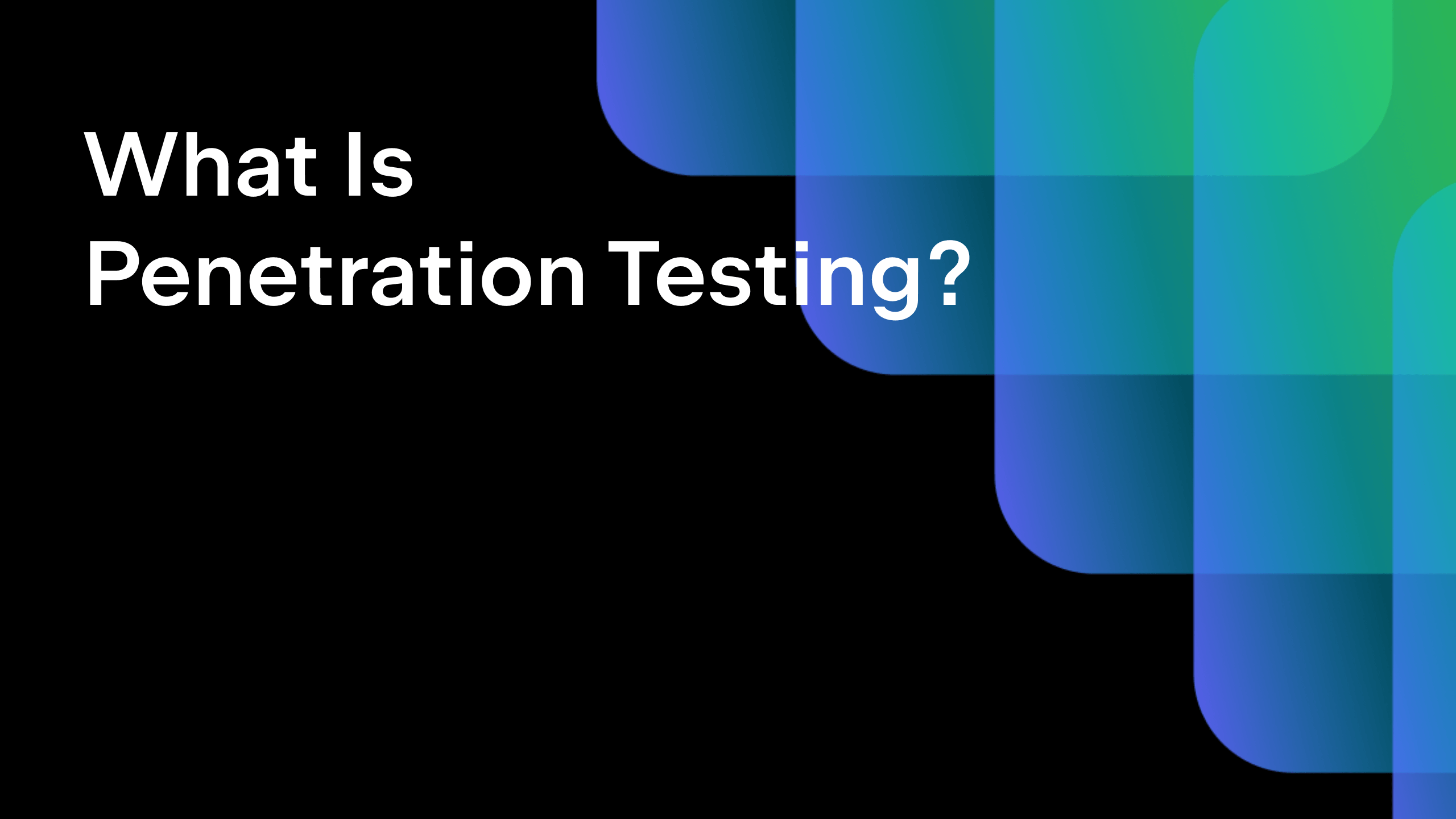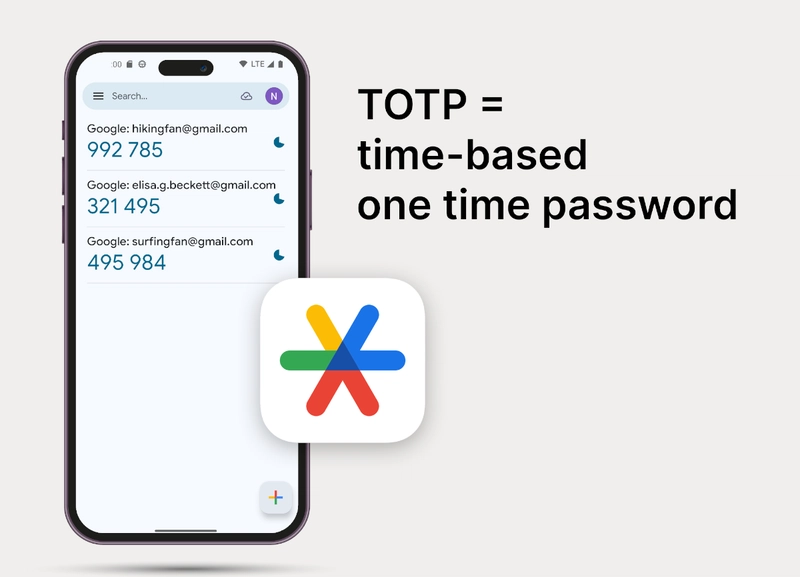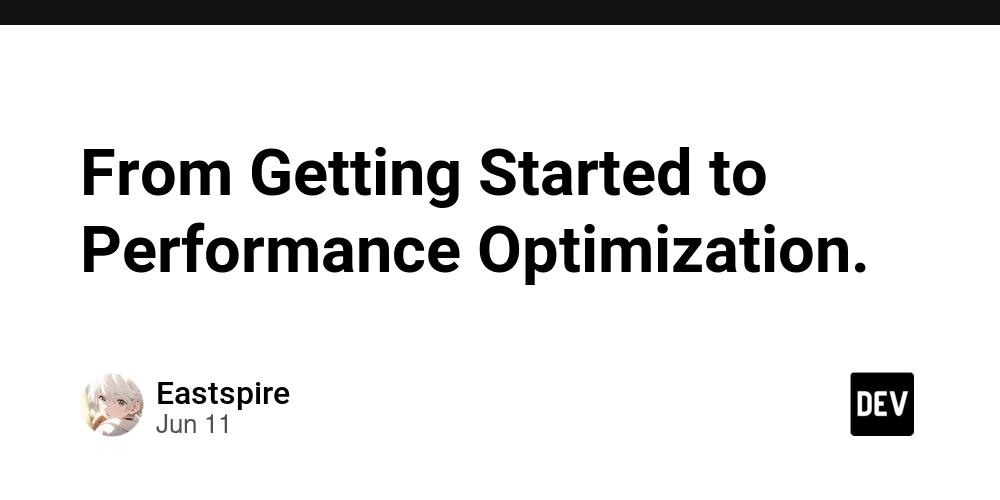Understanding OWASP Top 10 – Mitigating Web Application Vulnerabilities
The OWASP Top 10 2021 represents the most critical web application security risks facing organizations today, with significant shifts reflecting the evolving threat landscape. Broken Access Control has risen to the top position, affecting 94% of tested applications. At the same time, new categories, such as Insecure Design, emphasize the importance of secure development practices […] The post Understanding OWASP Top 10 – Mitigating Web Application Vulnerabilities appeared first on Cyber Security News.
.webp?#)
The OWASP Top 10 2021 represents the most critical web application security risks facing organizations today, with significant shifts reflecting the evolving threat landscape.
Broken Access Control has risen to the top position, affecting 94% of tested applications. At the same time, new categories, such as Insecure Design, emphasize the importance of secure development practices from the ground up.
This comprehensive analysis provides developers and security professionals with practical mitigation strategies, code examples, and configuration guidance to effectively address these vulnerabilities.
Overview of OWASP Top 10 2021 Framework
The Open Web Application Security Project (OWASP) Top 10 serves as a standard awareness document for developers and web application security professionals, representing a broad consensus about the most critical security risks to web applications.
The 2021 edition introduced three new categories, four naming and scoping changes, and consolidated several existing risks to reflect current threat patterns better.
The current OWASP Top 10 2021 list includes: Broken Access Control (A01), Cryptographic Failures (A02), Injection (A03), Insecure Design (A04), Security Misconfiguration (A05), Vulnerable and Outdated Components (A06), Identification and Authentication Failures (A07), Software and Data Integrity Failures (A08), Security Logging and Monitoring Failures (A09), and Server-Side Request Forgery (A10).
This framework provides organizations with actionable information to minimize known risks in their applications, demonstrating a commitment to industry best practices for secure development.
Critical Vulnerability Categories and Technical Mitigation
Broken Access Control has emerged as the most serious web application security risk, with data indicating that 3.81% of applications tested had one or more Common Weakness Enumerations (CWEs) with over 318,000 occurrences.
This vulnerability enables attackers to gain unauthorized access to user accounts, admin panels, databases, and sensitive information.
Mitigation Strategy:
javascript// Example: Role-based access control middleware
function requireRole(allowedRoles) {
return (req, res, next) => {
const userRole = req.user?.role;
if (!userRole || !allowedRoles.includes(userRole)) {
return res.status(403).json({
error: 'Access denied: Insufficient privileges'
});
}
next();
};
}
// Usage in Express routes
app.get('/admin/users',
authenticateToken,
requireRole(['admin', 'super_admin']),
getUsersController
);
Organizations should adopt a least-privileged approach, build strong access controls using role-based authentication mechanisms, and deny default access to functionalities except for public resources.
Injection Attack Prevention
Injection vulnerabilities, including SQL injection and Cross-Site Scripting (XSS), remain a significant threat, despite ranking third. These attacks occur when user-supplied data is used as part of queries without proper validation.
SQL Injection Prevention with Prepared Statements:
php// Vulnerable approach
$query = "SELECT * FROM users WHERE user = '$username' AND password = '$password'";
$result = mysql_query($query);
// Secure approach using prepared statements
$stmt = $mysqli->prepare("SELECT * FROM users WHERE user = ? AND password = ?");
$stmt->bind_param("ss", $username, $password);
$stmt->execute();
The prepared statement approach forces developers to write SQL commands and user-provided data separately, preventing attackers from altering the SQL statement logic.
XSS Prevention Techniques:
javascript// Output encoding function
function escapeHtml(unsafe) {
return unsafe
.replace(/&/g, "&")
.replace(//g, ">")
.replace(/"/g, """)
.replace(/'/g, "'");
}
// Usage in templates
const safeOutput = escapeHtml(userInput);
Implement output encoding to ensure user-supplied data is displayed as plain text rather than executed as code, and use Content Security Policy headers to prevent XSS attacks.
Cryptographic Failures Remediation
Cryptographic Failures, previously known as Sensitive Data Exposure, focuses on failures related to cryptography that often lead to sensitive data exposure or system compromise. Modern applications require robust encryption to protect sensitive data both at rest and in transit.
Secure Password Hashing Implementation:
java// Using BCrypt for secure password hashing
import org.springframework.security.crypto.bcrypt.BCryptPasswordEncoder;
public class SecurePasswordHashing {
private static final BCryptPasswordEncoder passwordEncoder =
new BCryptPasswordEncoder(12); // Work factor of 12
public static String hashPassword(String password) {
return passwordEncoder.encode(password);
}
public static boolean verifyPassword(String password, String hashedPassword) {
return passwordEncoder.matches(password, hashedPassword);
}
}
Argon2 Implementation for Enhanced Security:
java// Argon2 configuration for high-security applications
public class Argon2Hashing {
public static String hashPassword(String password, byte[] salt) {
int parallelism = 2; // Use 2 threads
int memory = 65536; // Use 64 MB of memory
int iterations = 3; // Run 3 iterations
int hashLength = 32; // Generate 32-byte hash
Argon2BytesGenerator generator = new Argon2BytesGenerator();
Argon2Parameters.Builder builder = new Argon2Parameters.Builder(
Argon2Parameters.ARGON2_id)
.withSalt(salt)
.withParallelism(parallelism)
.withMemoryAsKB(memory)
.withIterations(iterations);
generator.init(builder.build());
byte[] result = new byte[hashLength];
generator.generateBytes(password.toCharArray(), result);
return Base64.getEncoder().encodeToString(result);
}
}
Modern password hashing algorithms, such as BCrypt and Argon2, intentionally slow down the hashing process and incorporate built-in salting to deter brute-force attacks.
Server-Side Request Forgery (SSRF) Prevention
SSRF vulnerabilities occur when web applications fetch remote resources without validating user-supplied URLs, allowing attackers to coerce applications to send crafted requests to unexpected destinations.
SSRF Prevention Configuration:
python# Python example for URL validation
import re
from urllib.parse import urlparse
def validate_url(url):
# Define allowed domains
allowed_domains = ['api.trusted-service.com', 'cdn.company.com']
try:
parsed = urlparse(url)
# Check protocol
if parsed.scheme not in ['http', 'https']:
return False
# Check domain whitelist
if parsed.hostname not in allowed_domains:
return False
# Prevent private IP ranges
private_ip_pattern = re.compile(
r'^(10\.|192\.168\.|172\.(1[6-9]|2[0-9]|3[01])\.|127\.)'
)
if private_ip_pattern.match(parsed.hostname or ''):
return False
return True
except Exception:
return False
# Usage in application
if validate_url(user_provided_url):
response = requests.get(user_provided_url)
else:
raise ValueError("Invalid or unauthorized URL")
Implement URL schema, port, and destination validation with positive allow lists, and enforce “deny by default” firewall policies to block all but essential intranet traffic.
Security Configuration Best Practices
Security misconfigurations occur when system or application settings are incorrectly configured or essential configurations are missing. These vulnerabilities are particularly widespread in cloud environments.
Secure HTTP Headers Configuration:
text# Nginx security headers configuration
server {
listen 443 ssl http2;
# Security headers
add_header X-Frame-Options "SAMEORIGIN" always;
add_header X-Content-Type-Options "nosniff" always;
add_header X-XSS-Protection "1; mode=block" always;
add_header Strict-Transport-Security "max-age=31536000; includeSubDomains" always;
add_header Content-Security-Policy "default-src 'self'; script-src 'self' 'unsafe-inline'; style-src 'self' 'unsafe-inline'" always;
# CORS configuration
add_header Access-Control-Allow-Origin "https://trusted-domain.com" always;
add_header Access-Control-Allow-Methods "GET, POST, OPTIONS" always;
add_header Access-Control-Allow-Headers "Content-Type, Authorization" always;
}
Organizations should maintain updated Software Bills of Materials (SBOMs), utilize Software Composition Analysis (SCA) tools for visibility, and adopt a DAST-first approach to focus on component vulnerabilities that are visible and exploitable in real-world scenarios.
Conclusion
Addressing OWASP Top 10 vulnerabilities requires a comprehensive approach combining secure coding practices, proper configuration management, and continuous monitoring.
Organizations must integrate security considerations early in the software development lifecycle, implement robust authentication and access controls, and maintain vigilance against emerging threats.
The shift toward “moving left” in security emphasizes the importance of threat modeling, secure design patterns, and proactive vulnerability management.
By implementing the technical strategies and code examples outlined in this guide, development teams can significantly reduce their application security risk and build more resilient systems against evolving cyber threats.
Find this News Interesting! Follow us on Google News, LinkedIn, & X to Get Instant Updates!
The post Understanding OWASP Top 10 – Mitigating Web Application Vulnerabilities appeared first on Cyber Security News.




































































![Apple Shares Teaser Trailer for 'The Lost Bus' Starring Matthew McConaughey [Video]](https://www.iclarified.com/images/news/97582/97582/97582-640.jpg)


![Apple Debuts Trailer for Third Season of 'Foundation' [Video]](https://www.iclarified.com/images/news/97589/97589/97589-640.jpg)











































































































_incamerastock_Alamy.jpg?width=1280&auto=webp&quality=80&disable=upscale#)






















































































![Top Features of Vision-Based Workplace Safety Tools [2025]](https://static.wixstatic.com/media/379e66_7e75a4bcefe14e4fbc100abdff83bed3~mv2.jpg/v1/fit/w_1000,h_884,al_c,q_80/file.png?#)






























![[The AI Show Episode 152]: ChatGPT Connectors, AI-Human Relationships, New AI Job Data, OpenAI Court-Ordered to Keep ChatGPT Logs & WPP’s Large Marketing Model](https://www.marketingaiinstitute.com/hubfs/ep%20152%20cover.png)


